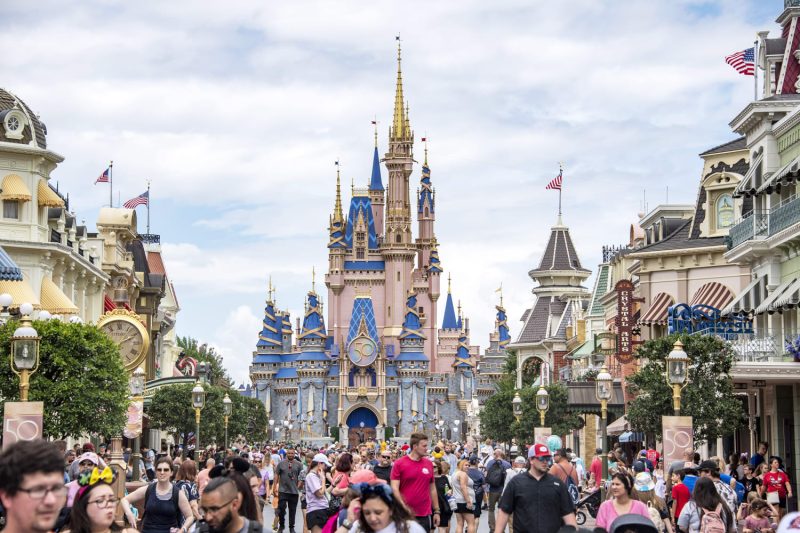Disney, the leading global entertainment conglomerate, has recently introduced a novel service offering to streamline visitor experiences at their widely celebrated amusement parks, premiering the option of line-skipping park passes. These passes possess a tiered pricing structure, reaching up to an eye-watering $449. This recent development stimulates conversations around the theme park industry’s profit strategies and the ways to foster equitable access for all patron varieties.
The newly introduced line-skipping passes, officially termed Disney Genie+ service, represent Disney’s innovative solution to overcrowded park conditions that obstruct fluid visitor experiences. Their roll-out marks a pivotal moment in the industry, indicating the possible path future amusement parks might take towards accommodating their increasing volume of visitors.
The base price point for the Disney Genie+ starts modestly at $15 per person per day for Disneyland Resort guests and $20 for Walt Disney World Resort visitors. However, they escalate in cost, with the Lightning Lane entrance, which allows skipping lines at selected rides and attractions, accounted for individually and can cost anything from $7 right up to $15. Importantly, these premium services are not covered in the base Genie+ pass cost. Furthermore, Disney’s staggering $449 price point is specifically for the Deluxe VIP Tours, an all-day expert tour of the parks guaranteed to accommodate all thrill-seeking expectations.
Disney’s announcement of these extravagant additions echoes their long-standing tradition of innovatively adapting to visitor needs. It parallels their consistent efforts to utilize technology to enhance visitor experiences, seen in their previous investment in the FastPass system that enabled visitors to reserve ride times and skip waiting lines.
On one hand, there are concerns that these passes may dismay regular park visitors who cannot afford the premium pricing. The steep price difference may exacerbate the provision of experience to wealthier patrons, thereby marginalizing visitors with restrained financial leeway. Critics argue that this could eventually diminish the magic that Disney is reputed for, using finance as a tool to define park enjoyment.
On the other hand, supporters laud Disney for paving the way to a more streamlined approach in the theme park industry. They contend that for frequent park-goers or families visiting for special occasions who seek to make the most out of their visit, these services would be a worthwhile investment.
Disney justifies the newly introduced pricing structure with reassuring service quality. They claim it would provide a more customized and convenient experience for park visitors regardless of the crowding level. It would ensure minimal frustration when dealing with prolonged lines, therefore guaranteeing that the magic of Disney would not be compromised with the stress of wait times.
Amid diverse responses, Disney’s new move undeniably magnifies the significance of strategically combining technology and business strategies to offer improved park services. It is an intriguing exemplar of the evolving approach to theme parks’ crowd management strategies.
As the entertainment industry matures, it becomes ever more prominent to continue pushing boundaries while considering all visitor demographics. We wait with bated breath to see how this development influences the wider theme park industry and Disney’s overall visitor experience in the long run.




